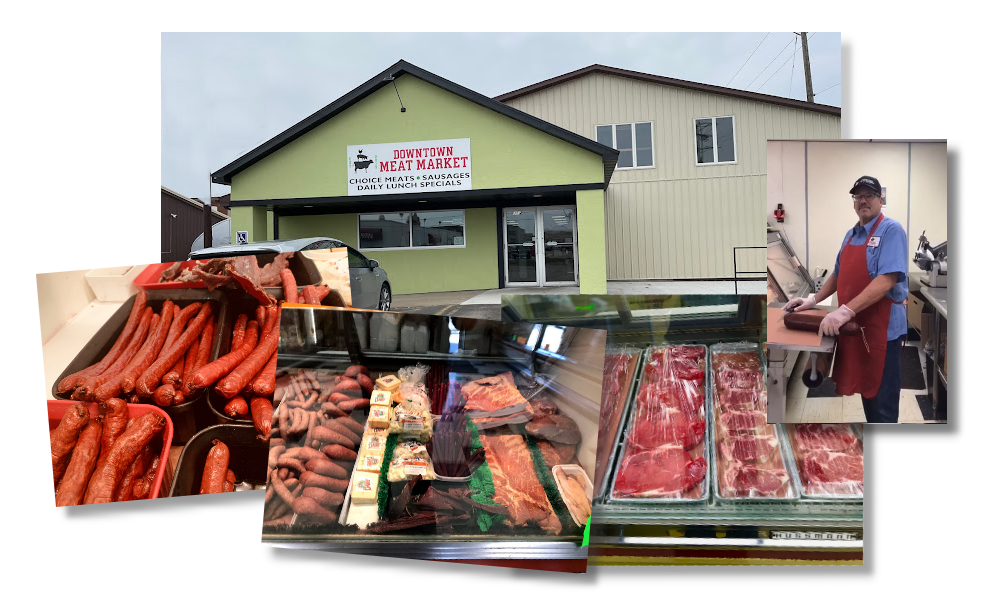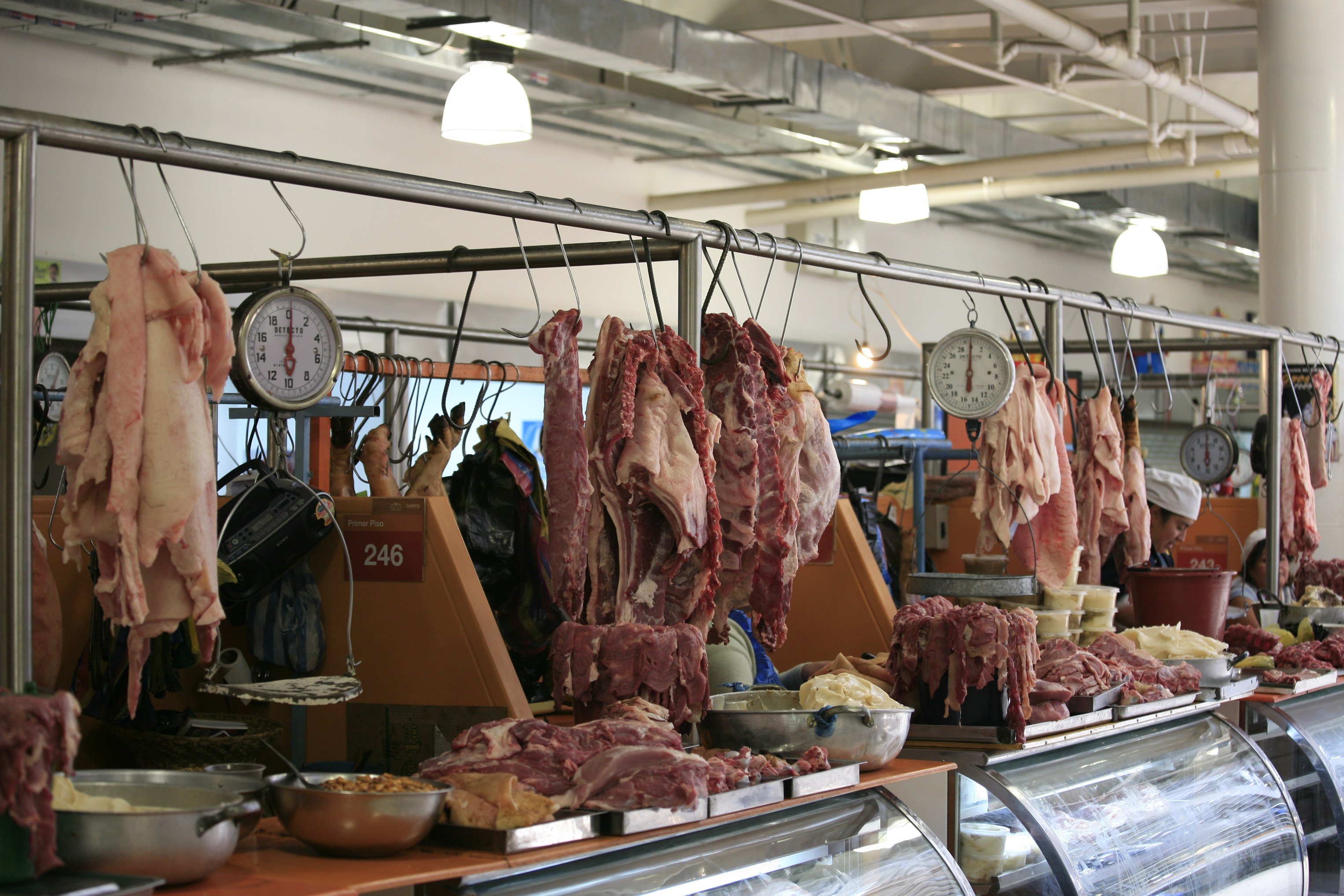Discover the Art of the Butcher's Cut in a Modern Meat Market
In the ever-evolving landscape of modern meat markets, the butcher's cut has actually transcended its traditional origins, combining olden workmanship with contemporary methods. Today's butchers are not simply processors of meat; they are educated artisans who highlight sustainability and moral sourcing. Their competence in picking and preparing cuts tailored to specific culinary requirements provides an unmatched eating experience. What truly sets the modern-day butcher apart is their capability to build a much deeper link between consumers and the origins of their meat. Just how do these masters balance custom with innovation, and what ramifications does this have for the future of meat consumption?
Evolution of Butchery Methods
The development of butchery strategies reflects an abundant tapestry of technology and adjustment driven by developments in innovation, adjustments in customer need, and a deeper understanding of meat scientific research. Historically, butchery was a craft passed down through generations, with methods sharpened over centuries to make the most of return and flavor. The commercial revolution ushered in mechanization, transforming conventional practices and making it possible for massive handling.
The mid-20th century saw butchery strategies further refined by clinical understandings right into muscle biology and meat aging, enhancing both tenderness and preference. Developments like vacuum product packaging and refrigeration extended item shelf-life, enabling butchers to diversify offerings and enhance quality assurance. This duration additionally noted the increase of customized equipment, such as band saws and meat slicers, which raised precision and effectiveness in meat handling.

The 21st century has presented digital innovation right into the butchery world. Electronic systems now aid in tracking animal provenance and maximizing cuts to fulfill particular customer choices. Additionally, a rebirth in artisanal butchery has emerged, blending traditional abilities with contemporary expertise to accommodate consumers seeking honest and sustainable meat options. This advancement highlights a vibrant interaction between practice and innovation, meeting modern needs while maintaining the craft's heritage.
Comprehending Meat Cuts
Comprehending the details of meat cuts is important for both butchers and customers seeking top quality and worth. For butchers, accurate cuts show skill and regard for the craft, making certain marginal waste and optimal return.

Comprehending muscle composition is vital; muscles used more often by the animal have a tendency to be tougher and are best fit for slow-moving cooking approaches, while less-used muscles, like those found in the loin, are more tender and perfect for grilling or roasting. Familiarity with these distinctions equips consumers to make enlightened options, improving their cooking undertakings.
Selecting Top Quality Meat
Selecting the appropriate meat involves more than simply picking a visually attractive piece from the display. bagley farms meat market edwardsville il. The art of selecting high quality meat needs a critical eye and understanding of details features that represent quality and excellence. To start with, focus on the shade; beef must have a bright, cherry-red hue, while lamb ought to show a soft pink tone, more helpful hints and pork a pale pink. This shows the meat is fresh and hasn't been exposed to oxygen for as well long.
Secondly, think about the marbling, which refers to the white flecks of fat within the muscular tissue. Proper marbling is an essential sign of inflammation and flavor, as it melts throughout cooking, boosting the meat's juiciness. Bear in mind, higher marbling often associates with premium high quality cuts, such as USDA Prime.
Appearance is another crucial element; meat must feel solid to the touch, not slimy or overly soft. Furthermore, be mindful of the fragrance. Fresh meat should have a tidy, neutral scent, devoid of any type of sour or repulsive smells.
Pairing Cuts With Cooking Methods

Alternatively, harder cuts like brisket and chuck roast are abundant in collagen, which damages down right into gelatin when prepared slowly. These cuts are perfect for braising or slow-moving roasting, permitting the meat to tenderize gradually and create deep, complicated tastes. In a similar way, cuts such as brief ribs and pork shoulder prosper with slow-cooking methods, where expanded cooking times change their durable textures into succulent meals.
Lamb shanks and oxtail, which require prolonged cooking to soften, Click This Link are perfect candidates for cooking or sluggish simmering. These approaches coax out rich, hearty tastes while preserving wetness. By recognizing the distinct features of each cut, chefs and home chefs alike can boost their culinary productions, ensuring each recipe is both pleasing and unforgettable.
The Butcher's Duty Today
Browsing the advancing landscape of the modern-day meat market, the butcher's duty today extends beyond plain preparation of cuts. Contemporary butchers are culinary craftsmens, teachers, and advocates for lasting techniques.
Along with crafting exact cuts, butchers now involve directly with clients, offering cooking suggestions and tailoring choices to match specific requirements and preferences. Their experience in meat aging, marbling, and taste profiles equips consumers to make enlightened choices, improving their culinary experiences. This individualized service exhibits the butcher's evolving role as a trusted expert in the kitchen area.
Moreover, butchers are crucial in reducing waste, utilizing entire animals to develop varied items such as sausages and stocks. This detailed strategy not just values the pet but likewise straightens with modern sustainability objectives. In this method, the modern-day butcher personifies both custom and technology, adapting to an ever-changing market while protecting the artistry and integrity of their craft.
Conclusion
Proficiency in understanding varied meat cuts and high quality indicators equips butchers to provide informed suggestions, lining up certain cuts with optimum cooking methods. By pop over to this site recognizing historic techniques while embracing contemporary needs, the butcher's role continues to be essential in today's advanced meat market.